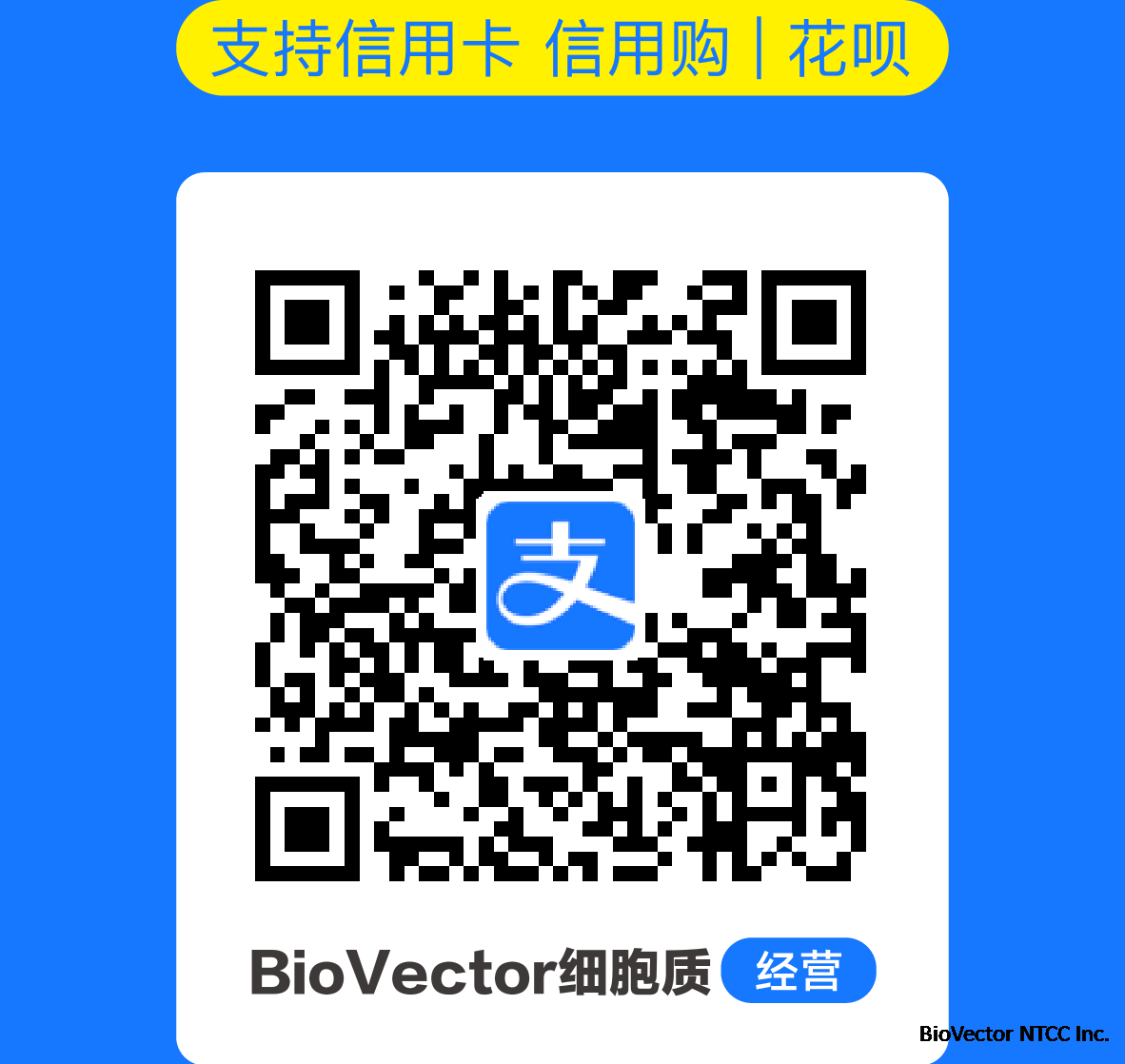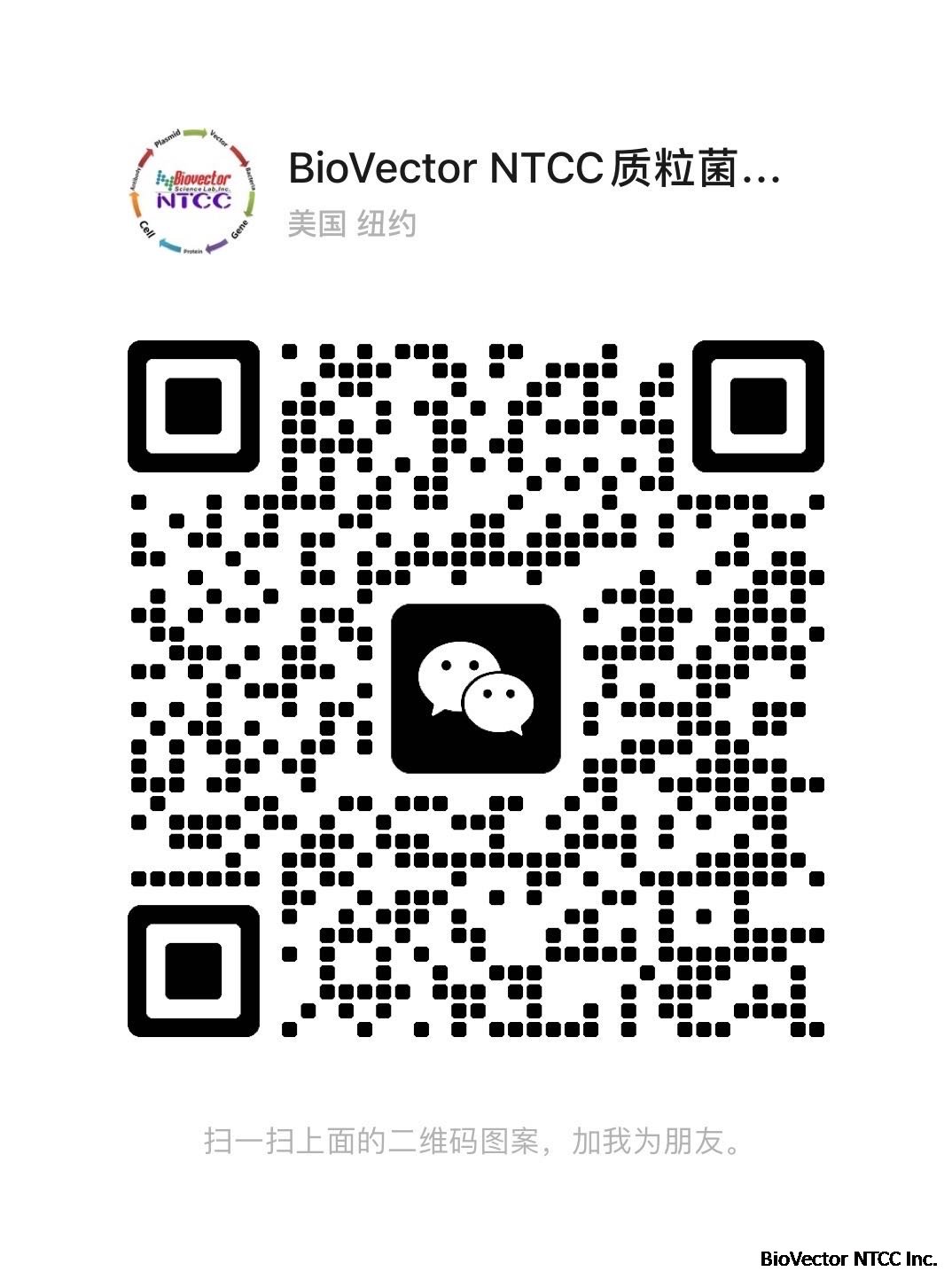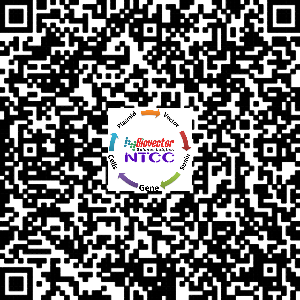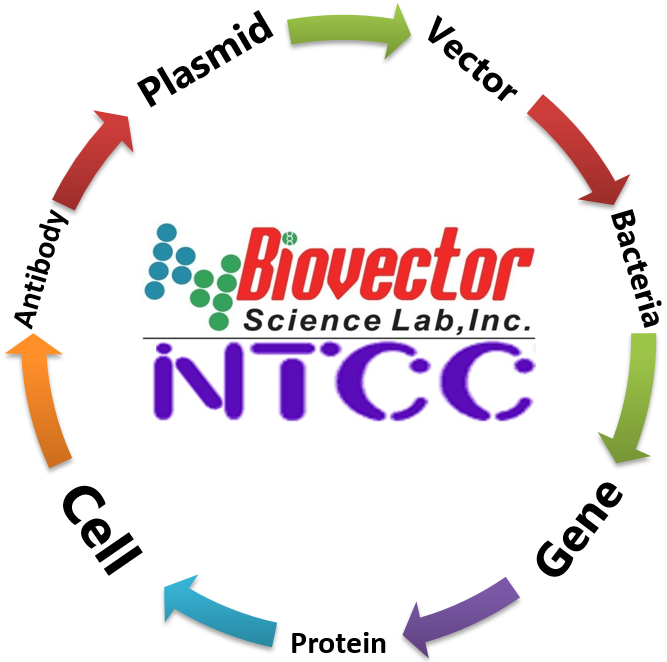pAcGFP1-Mito线粒体定位荧光表达载体质粒 BioVector NTCC质粒载体菌种细胞基因保藏中心
- 价 格:¥19835
- 货 号:pAcGFP1-Mito线粒体定位荧光表达载体质粒
- 产 地:北京
- BioVector NTCC典型培养物保藏中心
- 联系人:Dr.Xu, Biovector NTCC Inc.
电话:400-800-2947 工作QQ:1843439339 (微信同号)
邮件:Biovector@163.com
手机:18901268599
地址:北京
- 已注册
pAcGFP1-Mito线粒体定位荧光表达载体质粒 BioVector NTCC质粒载体菌种细胞基因保藏中心
 pAcGFP1-Mito encodes a fusion of a mitochondrial targeting sequence derived from the precursor of subunit VIII of human cytochrome C oxidase (1, 2) and the green fluorescent protein (GFP) from Aequorea coerulescens (AcGFP1; excitation maximum = 475 nm; emission maximum = 505 nm). The mitochondrial targeting sequence is fused to the N-terminus of AcGFP1. AcGFP1 contains silent mutations that create an open reading frame comprised almost entirely of optimized human codons. These changes increase the translational efficiency of the AcGFP1 mRNA and, consequently, the expression of AcGFP1 in mammalian and plant cells. The vector contains an SV40 origin for replication and a neomycin resistance (Neor) gene for selection (using G418) in eukaryotic cells (3). A bacterial promoter (P) upstream of Neor expresses kanamycin resistance in E. coli. The vector backbone also provides a pUC origin of replication for propagation in E. coli and an f1 origin for single-stranded DNA production.UsepAcGFP1-Mito is designed for fluorescent labeling of mitochondria. The fluorescence from pAcGFP1-Mito expression can be observed within the mitochondrial matrix inside the inner membrane. pAcGFP1-Mito can be introduced into mammalian cells using any standard transfection method. If required, stable transformants can be selected using G418 (3). pAcGFP1-Mito is not intended as a cloning vector; however, the backbone does contain unique restriction sites upstream and downstream of the AcGFP1-Mito sequence which permit excision of the AcGFP1-Mito sequence.
pAcGFP1-Mito encodes a fusion of a mitochondrial targeting sequence derived from the precursor of subunit VIII of human cytochrome C oxidase (1, 2) and the green fluorescent protein (GFP) from Aequorea coerulescens (AcGFP1; excitation maximum = 475 nm; emission maximum = 505 nm). The mitochondrial targeting sequence is fused to the N-terminus of AcGFP1. AcGFP1 contains silent mutations that create an open reading frame comprised almost entirely of optimized human codons. These changes increase the translational efficiency of the AcGFP1 mRNA and, consequently, the expression of AcGFP1 in mammalian and plant cells. The vector contains an SV40 origin for replication and a neomycin resistance (Neor) gene for selection (using G418) in eukaryotic cells (3). A bacterial promoter (P) upstream of Neor expresses kanamycin resistance in E. coli. The vector backbone also provides a pUC origin of replication for propagation in E. coli and an f1 origin for single-stranded DNA production.UsepAcGFP1-Mito is designed for fluorescent labeling of mitochondria. The fluorescence from pAcGFP1-Mito expression can be observed within the mitochondrial matrix inside the inner membrane. pAcGFP1-Mito can be introduced into mammalian cells using any standard transfection method. If required, stable transformants can be selected using G418 (3). pAcGFP1-Mito is not intended as a cloning vector; however, the backbone does contain unique restriction sites upstream and downstream of the AcGFP1-Mito sequence which permit excision of the AcGFP1-Mito sequence.
Location of features• Human cytomegalovirus (CMV) immediate early promoter: 1–589Enhancer region: 59–465; TATA box: 554–560; transcription start point: 583C→G mutation to remove Sac I site: 569• AcGFP1-Mito fusion Start codon: 597–599Mitochondrial targeting sequence: 597–683Start of AcGFP1 coding sequences (ATG): 699–701Insertion of Val at position 2: 702–704Stop codon: 1416–1418• SV40 early mRNA polyadenylation signalPolyadenylation signals: 1571–1576 & 1600–1605; mRNA 3' ends: 1609 &1621• f1 single-strand DNA origin: 1669–2123 (Packages the noncoding strand of AcGFP1-Mito.)• Bacterial promoter for expression of Kanr gene.–35 region: 2185–2190; –10 region: 2208–2213; Transcription start point: 2220• SV40 origin of replication: 2464–2599• SV40 early promoterEnhancer (72-bp tandem repeats): 2297–2368, 2369–2440 21-bp repeats: 2444–2464, 2465–2485 & 2487–2507Early promoter element: 2520–2526Major transcription start points: 2516, 2554, 2560 & 2565• Kanamycin/neomycin resistance geneNeomycin phosphotransferase coding sequences: Start codon (ATG): 2548–2550; stop codon: 3440–3442G→A mutation to remove Pst I site: 2830C→A (Arg to Ser) mutation to remove BssH II site: 3176• Herpes simplex virus (HSV) thymidine kinase (TK) polyadenylation signalPolyadenylation signals: 3678–3683 & 3691–3696• pUC plasmid replication origin: 4027–4670Propagation in E. coli• Suitable host strains: DH5α, HB101, and other general purpose strains. Single-stranded DNA production requires a host such as JM109 or XL1-Blue that contains an F plasmid . • Selectable marker: plasmid confers resistance to kanamycin (50 µg/ml) to E. coli hosts.• E. coli replication origin: pUC• Copy number: ≈500• Plasmid incompatibility group: pMB1/ColE1References1. Rizzuto, R., et al. (1995) Curr. Biol. 5:635–642.2. Rizzuto, R., et al. (1989) J. Biol. Chem. 246:10595–10600.3. Gorman, C. (1985) In DNA Cloning: A Practical Approach, Vol. II, Ed. Glover, D. M. (IRL Press, Oxford, UK), pp. 143–190.
【Supplier来源】BioVector NTCC Inc.
TEL:+86-010-53513060
【Website网址】 http://www.biovector.net
- 公告/新闻




